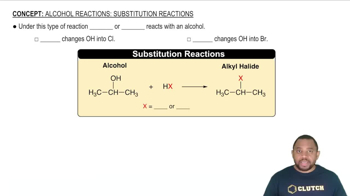Here are the essential concepts you must grasp in order to answer the question correctly.
Types of Solids
Solids can be classified into three main categories: metals, ionic solids, and covalent network solids. Metals are typically good conductors of electricity due to the presence of free-moving electrons. Ionic solids, while generally poor conductors in solid form, can conduct electricity when melted or dissolved in water. Covalent network solids, like diamond, are usually insulators due to their rigid structure.
Recommended video:
Crystalline Solids Structure
Electrical Conductivity
Electrical conductivity refers to the ability of a material to conduct electric current. This property is influenced by the presence of charge carriers, such as electrons in metals or ions in ionic compounds. In some solids, chemical substitution can introduce new charge carriers or alter the existing ones, enhancing conductivity. For example, doping a semiconductor with specific impurities can significantly improve its electrical properties.
Recommended video:
Extensive Property Example
Chemical Substitution
Chemical substitution involves replacing one element in a compound with another element, which can modify the material's properties. In the context of solids, this process can enhance electrical conductivity by introducing new charge carriers or altering the lattice structure. For instance, substituting certain metal ions in a crystal lattice can create pathways for electron movement, thereby improving conductivity in materials like semiconductors.
Recommended video:
Alcohol Reactions: Substitution Reactions




